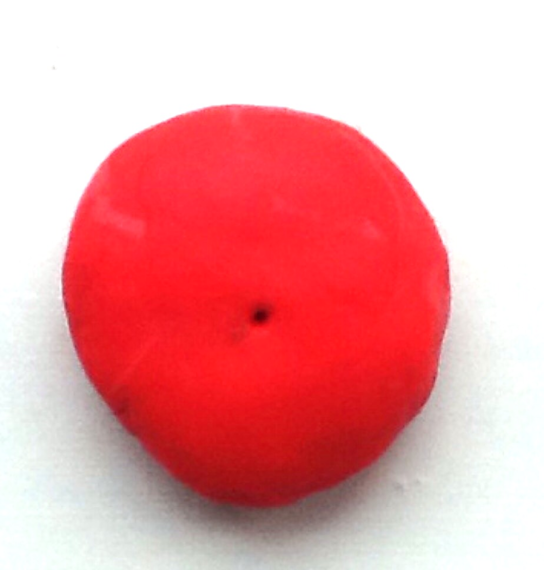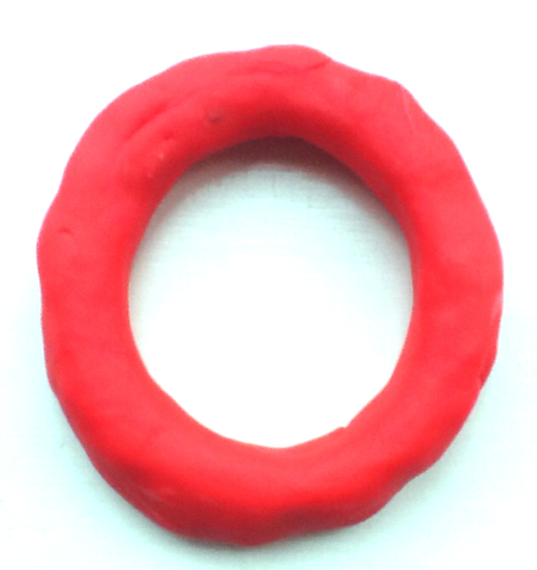Most of us know that we have one. We know that it's down there. We know that it sort of keeps the baby in when you're pregnant, lets it out when you're giving birth and that the chances are Midwives and Doctors are going to ask to peek at it and possibly prod it too. For the past couple of years, I've been describing the cervix as the neck of the womb. The thing is, when I think about it, that doesn't actually clear anything up!
If you google cervix, the definition is "the narrow neck-like passage forming the lower end of the womb". To you and I, essentially the cervix connects the vagina and uterus. Your mucus plug will create a seal (and keep it closed) during pregnancy. Your cervix will then be going through a whole host of changes as your pregnancy progresses. The cervix is as fascinating as it is complex. For the purposes of this post, I have kept it short and snappy but if this sparks your intrigue there is much more that you can discover.
Towards the end of your pregnancy, you may hear your healthcare provider or antenatal teacher talking about your cervix ripening. This describes the changes that are occurring which enable your cervix to respond to and withhold the pressures of contractions. This is influenced most notably by prostaglandin hormones.
During labour, a woman's cervix will dilate (thin, soften and separate into a doughnut shape) to around 10cm enabling the baby (or babies) to pass through. You may come across the magic "10cm dilated" quote quite a bit when exploring labour. As my experience grows I am increasingly finding that although it is important for us to acknowledge the mechanics of what happens, most women wont dilate in a perfect circle, therefore "measuring" your cervix can be subjective. Consequentially, there are a growing number of expectant parents and birth workers who do not support the frequent measurement of a mothers cervix during labour.
I mentioned earlier that the cervix is both fascinating and complex. Would you believe that there is even something called the Beautiful Cervix Project? The photos are graphic (well, they're actually just photos, but not everyone is a fan of looking at their insides) and there are some that may not be to everyone's taste. Despite this, it is really useful to actually see a cervix seeing as we spend some much of pregnancy and birth fixating on what it's doing!
The other slightly odd (but useful) technique that you can use to bring your cervix to life is to touch your nose then your mouth. During pregnancy, your cervix is firm - described by many that have felt one (I have not) as feeling like the end of your nose. A cervix that is ripening feels more squishy, a bit like your lips.
If the photos aren't your cup of tea, I have made a very, very, rudimentary model of a closed and open cervix out of my children's' Play-Doh! (By which I mean that it is neither to scale nor a perfect replica!) It should give you an idea of the thinning out and separating into a doughnut shape bit though! Knowing what our bodies do in labour can have a positive influence on experiences but only when we balance it with our own individuality. No two women will have an identical labour, there is never a one size fits all approach to birth.


This blog was originally published on the Vesta Birth and Parenting Website. Sarah supports families privately from pregnancy through the early years both in person and online.